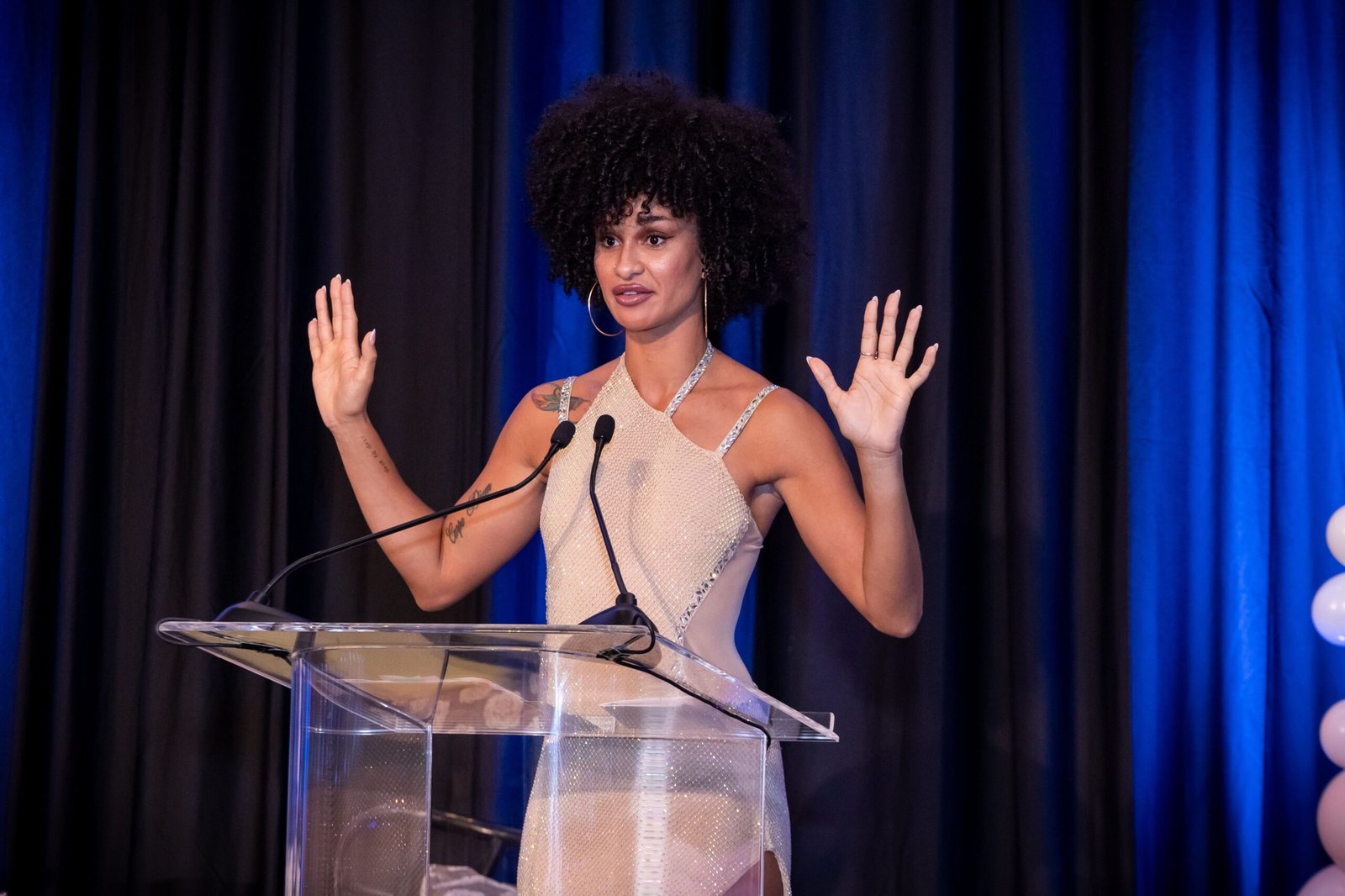Finding your life purpose gives direction, meaning, and fulfillment to your days. It’s not about a single grand revelation but a journey of self-discovery. Here are five practical steps to help you define your life purpose.
1. Reflect on What Sparks Joy
Start by identifying what truly lights you up. Think about moments when you felt alive, engaged, or fulfilled. What were you doing? Who were you with? Research from positive psychology suggests that aligning activities with your core values increases life satisfaction by 25% (Source: Journal of Positive Psychology, 2022).
Action Step: Write down three experiences that made you feel most alive. Note common themes, like creativity, helping others, or problem-solving.
2. Explore Your Strengths
Your purpose often lies at the intersection of your talents and passions. Take inventory of your strengths—skills you excel at or activities that come naturally. Tools like the CliftonStrengths assessment or free online quizzes can help clarify your unique abilities.
Action Step: List five skills or strengths you’re proud of. Ask a friend or colleague for feedback to confirm or uncover hidden talents.
3. Connect to Your Values
Your values are the compass for your purpose. Are you driven by freedom, compassion, innovation, or stability? Understanding what matters most helps you make decisions that align with your authentic self. A 2024 study from Stanford found that value-driven individuals report 30% higher life satisfaction.
Action Step: Write down your top three values. For each, describe one way you can incorporate it into your daily life, e.g., “Compassion: Volunteer weekly.”
4. Experiment and Iterate
Purpose evolves through action, not just reflection. Try new experiences—volunteering, a hobby, or a side project—to test what resonates. Don’t fear failure; each step clarifies what feels meaningful. As author Elizabeth Gilbert notes in Big Magic, curiosity leads to purpose.
Action Step: Commit to one new activity this month that aligns with your interests or values. Reflect afterward on how it made you feel.
5. Craft a Purpose Statement
Synthesize your reflections into a clear, concise purpose statement. It doesn’t need to be perfect—just a guidepost. For example: “My purpose is to inspire others through creative storytelling.” Revisit and refine it as you grow.
Action Step: Draft a one-sentence purpose statement based on your reflections. Keep it somewhere visible, like your phone’s lock screen.
Final Thoughts
Defining your life purpose is a dynamic process, not a finish line. Stay curious, take small steps, and trust that clarity will emerge. Ready to dive deeper into your journey?
Become a member today and access tools and community support to live your purpose




